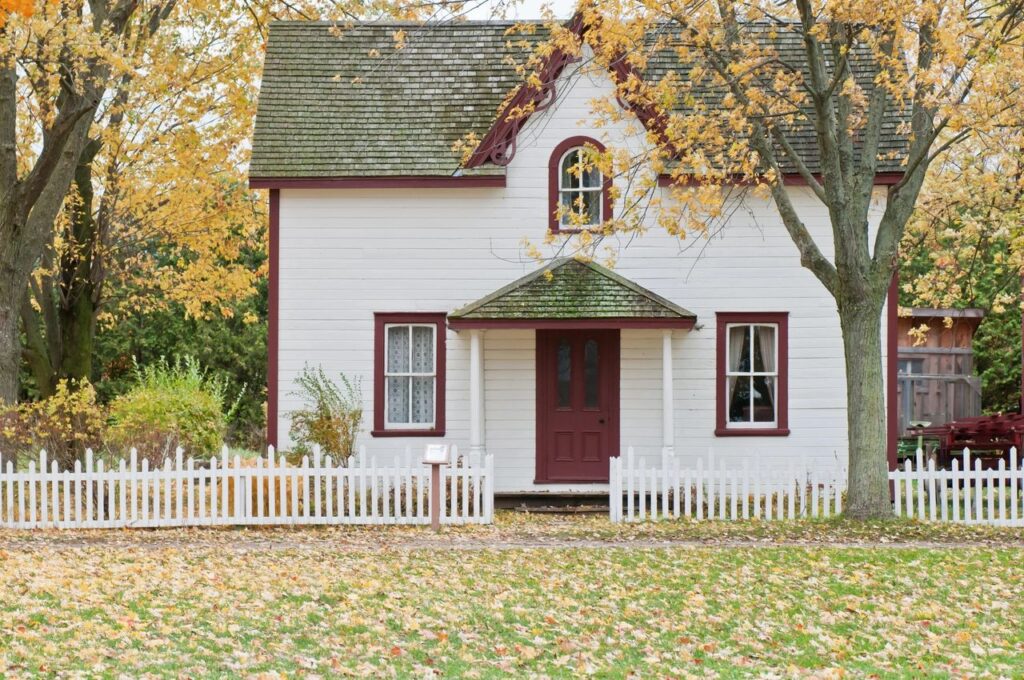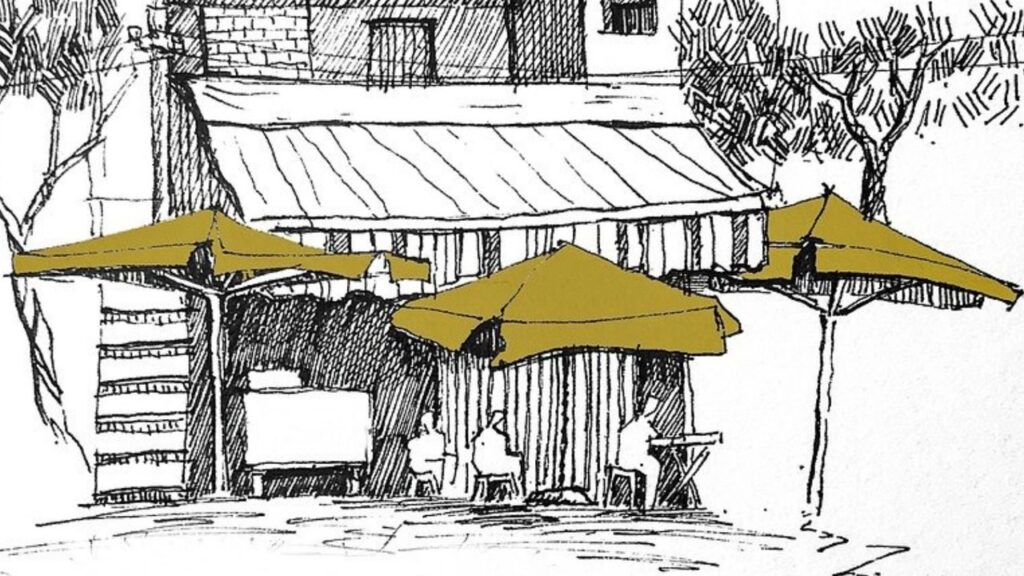Tiny Homes & Micro-living
I am intrigued by the tiny home movement and the profound implications micro-living holds for the future of residential design. However, I have come to realize that the true value proposition of tiny home living extends far beyond the home’s diminutive footprint. It lies in the careful consideration of the broader contextual factors that shape its viability and appeal. Location, zoning, and urban infrastructure are paramount in my assessment.
The Business Case for Tiny Homes
The Tiny Homes Market size is estimated at USD 19.20 billion in 2024, and is expected to reach USD 27.20 billion by 2029, growing at a CAGR of 5% during the forecast period (2024-2029).” – Mordor Intelligence

Tiny Homes: An Architectural Movement
The Tiny Home Movement, which promotes living in homes under 400 square feet, has gained momentum since the late 1990s due to increasing desires for simplicity, environmental consciousness, and affordability. For architects, designing tiny homes involves maximizing space and functionality while incorporating sustainability features like energy-efficient appliances, water conservation systems, and renewable energy sources.
Location, Location, Location
A Tale of Two Tiny Homes
City Tiny: The placement of a tiny home has a dramatic impact on its success. A tiny home nestled in the heart of a dense city center may offer unparalleled proximity to amenities like cafes, restaurants, and cultural attractions. Residents can embrace a walkable lifestyle, minimizing their reliance on cars and reducing their environmental footprint. However, such urban environments also present unique challenges. Spatial constraints are a major concern. Tiny homes in cities often have limited square footage and may struggle to accommodate essential storage, laundry facilities, and even dedicated workspaces. Additionally, navigating complex zoning regulations and building codes designed for traditional residences can be a hurdle for tiny home proponents.
Rural Tiny: Conversely, a rural tiny home retreat provides a tantalizing opportunity to connect with nature and enjoy unparalleled privacy. Imagine waking up to the sounds of birdsong and gazing upon rolling hills or a serene forest. Off-grid living enthusiasts can explore renewable energy solutions like solar panels and rainwater harvesting to achieve a high degree of self-sufficiency. However, rural living demands a different kind of preparedness. Understanding local wildlife and potential threats to a tiny home’s security is crucial. Additionally, access to essential services like hospitals, grocery stores, and reliable internet connectivity may be limited, requiring careful planning and alternative solutions.
These contrasting scenarios highlight the importance of location-specific design considerations. Urban tiny homes might prioritize space-saving furniture, integrated storage solutions, and multi-functional spaces. Conversely, rural tiny homes might incorporate larger windows to connect with nature, incorporate weatherproofing features, and have dedicated storage for off-grid necessities.

Beyond the Tiny Footprint
Tiny homes are diversified, offering innovative and practical solutions for modern living, each configuration presents unique design challenges and lifestyle implications.
Standalone Tiny Homes:Self-contained units ideal for independence, enhanced with off-grid capabilities and smart home technology. Challenges include local zoning regulations and finding suitable urban plots.
Accessory Dwelling Units (ADUs):Tiny homes on existing residential properties, generating rental income or housing for family members. Thorough research on local zoning is essential, with a focus on sustainable and smart home designs.
Micro-Communities: Clusters of tiny homes with shared amenities like laundry facilities, common areas, and co-working spaces. These communities promote efficiency and social connections, though they require careful planning and collaboration.
Mobile Tiny Homes:
- Homes on Wheels: Built on trailers for mobility and flexibility, catering to a travel lifestyle. Key considerations include road regulations and parking.
- Bike-Powered Homes: Ultra-mobile homes transported by bicycle, emphasizing sustainability and minimalism. Ideal for nomadic lifestyles, with essential amenities and lightweight materials.
Each configuration presents unique design challenges and lifestyle implications.
A Personal Choice with Profound Implications
Tiny home living offers a path to freedom, simplicity, and sustainability. By downsizing possessions and focusing on experiences, individuals can achieve financial liberation. While this lifestyle may not suit everyone, it undeniably promotes a closer connection to nature. Cultivating one’s own food and enjoying ample outdoor space fosters a healthier lifestyle, strengthens family bonds, and contributes to overall well-being. Moreover, building on a portion of one’s land preserves natural habitats and mitigates environmental impact.
The Architect’s Role in Tiny Living
Empowering Informed Decisions: Architects guide clients through complex zoning regulations, location implications, and choices between standalone structures, ADUs, or micro-communities. We leverage smart home technology and sustainable practices to align with client aspirations and environmental contexts.
Micro-Living and Resilience: A holistic approach to tiny living involves understanding the interplay of location, regulation, and typology. Architects create innovative solutions that promote resilience and mental well-being, supported by studies highlighting the benefits of compact, efficient living spaces.
The Future of Tiny Living: Contextual design is key. Architects must engage deeply with each project’s unique characteristics to develop sustainable, functional, and aesthetically pleasing micro-living spaces. This includes integrating modular construction, renewable energy sources, and advanced materials, ensuring our solutions resonate with clients and stand out in the evolving architectural landscape.
Inspiration
Suggested Content
Why 2024 Is the Year of the Tiny House
Whatever Happened to the Tiny House Movement
Micro-Apartments; The Future of Urban Living
Micro Living; Designing Compact Homes of Urban Dwellers
Tiny House Communities: Here’s Why Architects Should Revisit the Concept
